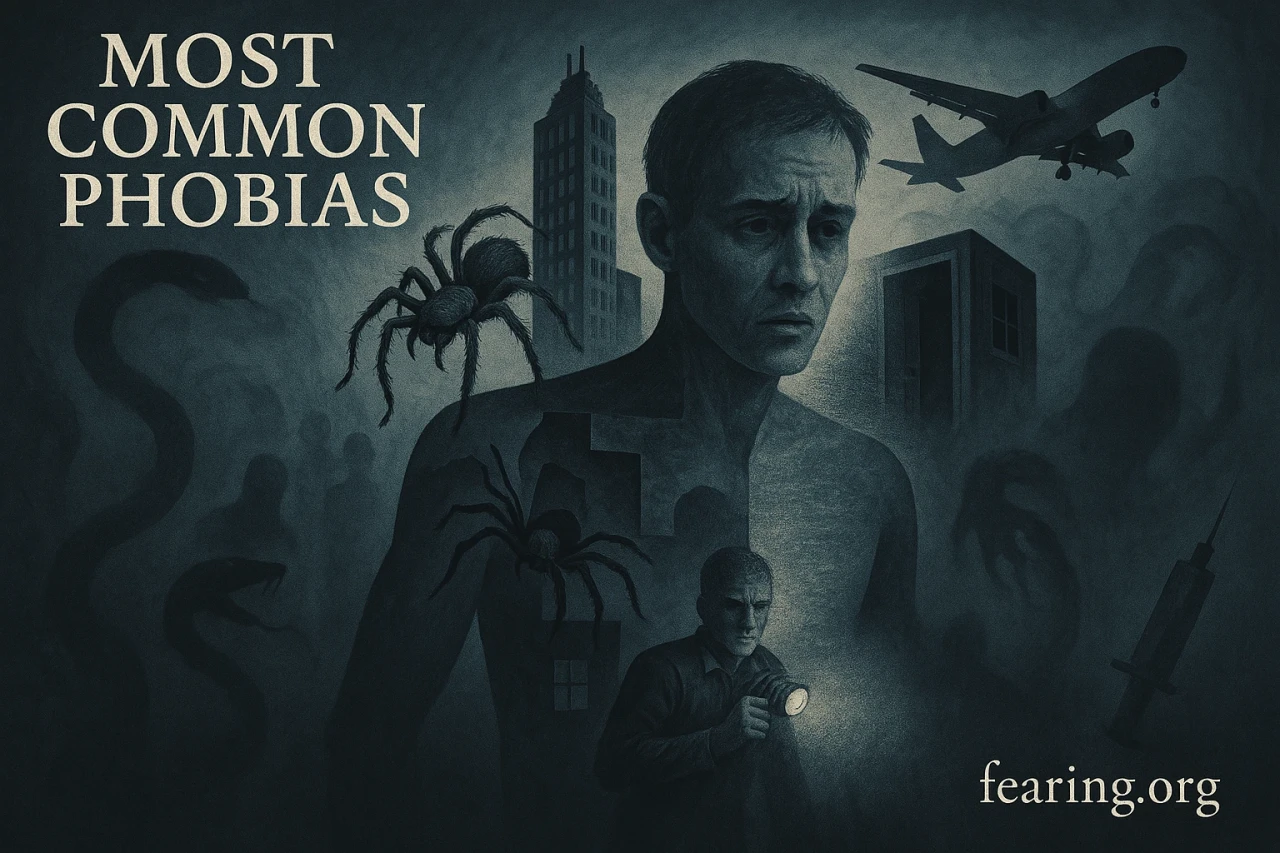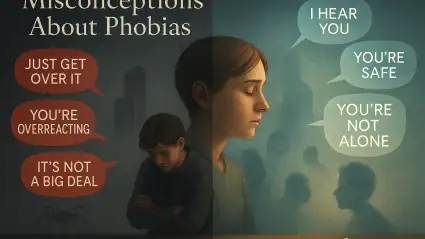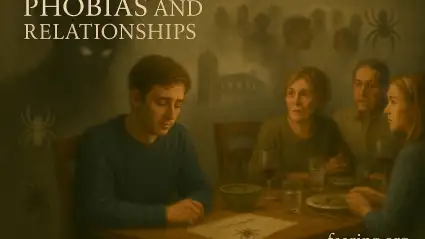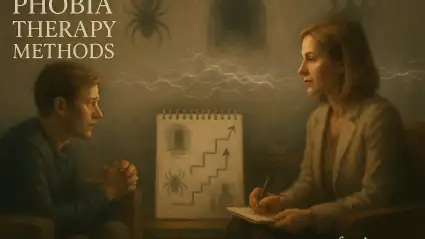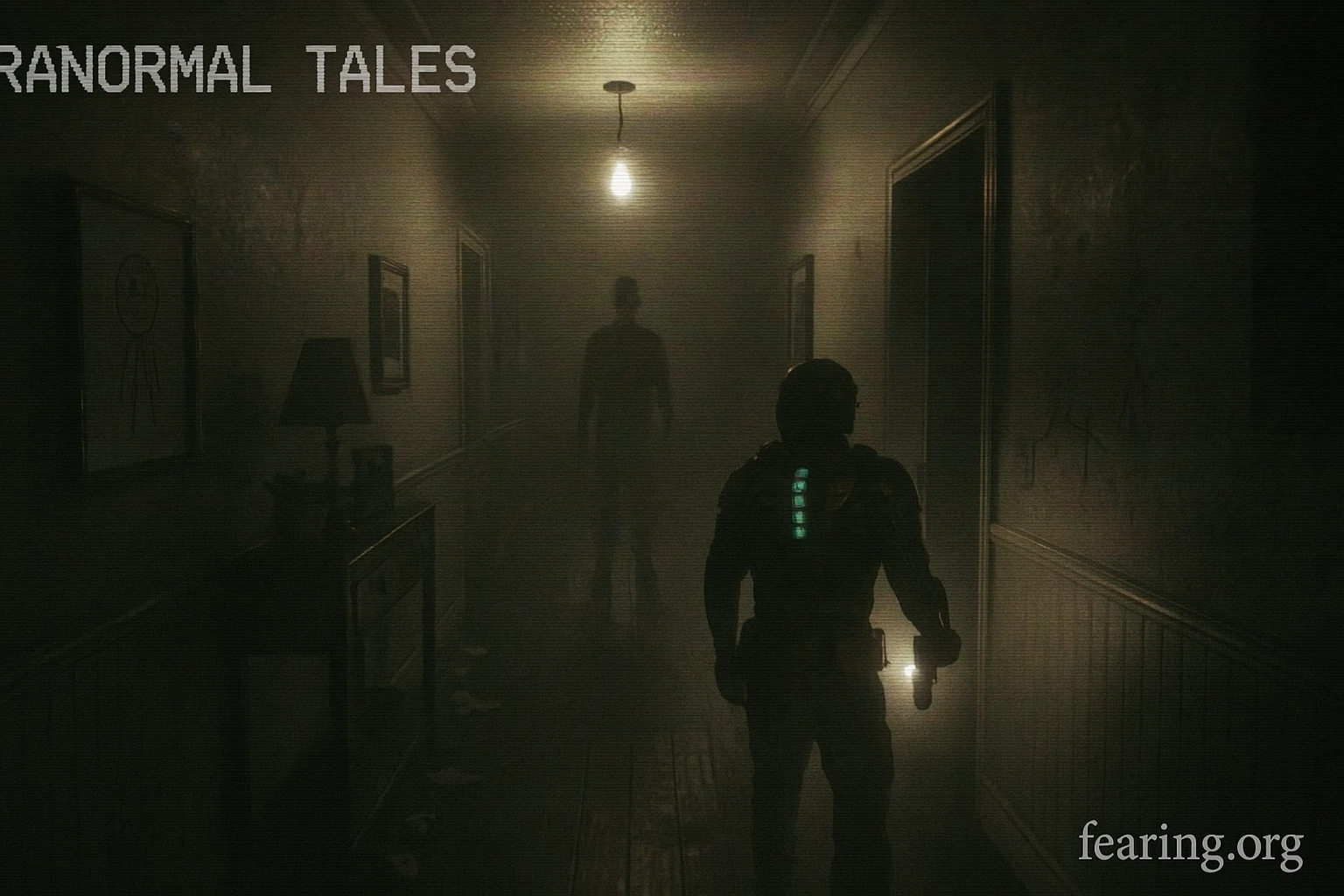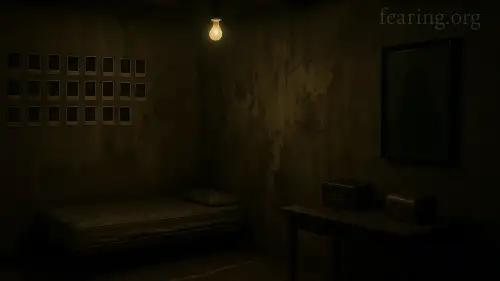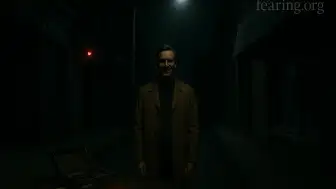Fear is a natural human response, but when that fear becomes persistent, irrational, and overwhelming, it transforms into a phobia. In this comprehensive guide, we’ll explore the most common phobias affecting people worldwide, how these phobias manifest, and what can be done to manage or overcome them.
From fear of heights to fear of social situations, phobias come in many forms. Despite their differences, they all share one thing in common: they can severely impact a person’s quality of life. Let’s explore the most searched and widely reported phobias and understand how they interfere with daily living.
What Is a Phobia and How Is It Different from Normal Fear?
A phobia is a type of anxiety disorder characterized by an intense and irrational fear of a specific object, situation, or activity. Unlike normal fear, which is temporary and usually based on a real threat, phobias often persist and can be triggered even by the thought of the feared subject.
Phobias are categorized into three main types:
Specific phobias (e.g., spiders, heights, flying)
Social phobia or social anxiety disorder
Agoraphobia, the fear of open or crowded spaces
Each type can range from mild discomfort to full-blown panic attacks.
What Are the Top 10 Most Common Phobias?
Understanding which phobias are most prevalent can help destigmatize them. Here are the ten most common phobias based on search data and clinical studies:
Arachnophobia – Fear of spiders
Ophidiophobia – Fear of snakes
Acrophobia – Fear of heights
Agoraphobia – Fear of open or crowded places
Cynophobia – Fear of dogs
Astraphobia – Fear of thunder and lightning
Trypanophobia – Fear of injections
Social phobia – Fear of social situations
Pteromerhanophobia – Fear of flying
Claustrophobia – Fear of confined spaces
How Do Phobias Affect Daily Life?
Phobias can affect nearly every aspect of a person’s routine. Some examples include:
Avoidance of necessary activities (e.g., skipping doctor’s visits due to Trypanophobia)
Social withdrawal or isolation
Increased anxiety and stress levels
Negative impact on work, travel, or relationships
Physical symptoms may include sweating, rapid heartbeat, nausea, dizziness, and shortness of breath. For severe cases, even thinking about the phobic object or situation can trigger a panic response.
What Are the Psychological and Biological Causes of Phobias?
Phobias often arise from a mix of psychological and biological factors:
Traumatic experiences (e.g., being bitten by a dog leading to Cynophobia)
Learned behaviors from parents or media exposure
Genetic predisposition to anxiety disorders
Brain chemistry and function, particularly involving the amygdala
Understanding the root causes can help inform treatment and coping mechanisms.
Are Phobias Curable or Manageable?
Yes, phobias are highly treatable with various evidence-based methods:
1. Cognitive Behavioral Therapy (CBT)
CBT helps individuals challenge irrational beliefs and gradually confront their fears.
2. Exposure Therapy
A subtype of CBT where patients are exposed to the source of their phobia in a controlled, safe setting.
3. Medication
Anti-anxiety medications or beta blockers can help manage severe symptoms, although they are usually not a long-term solution.
4. Mindfulness and Relaxation Techniques
Breathing exercises, guided imagery, and meditation can help reduce the physical symptoms of fear.
How Are Phobias Diagnosed?
Mental health professionals use structured interviews, questionnaires (like the Fear Questionnaire), and DSM-5 criteria to diagnose phobias. It's essential that phobias are diagnosed professionally, as self-diagnosis can often lead to misunderstanding or mistreatment.
What’s the Difference Between a Phobia and an Anxiety Disorder?
While phobias fall under the umbrella of anxiety disorders, they differ from generalized anxiety disorder (GAD) or panic disorder. Phobias are triggered by specific objects or situations, while GAD involves persistent, non-specific worry about multiple aspects of life.
Can You Prevent Phobias from Developing?
There’s no guaranteed way to prevent phobias, but certain practices may reduce the risk:
Addressing childhood fears openly and without ridicule
Managing stress and anxiety proactively
Avoiding exposure to traumatic situations when possible
Building emotional resilience through healthy coping strategies
What Should You Do If You Think You Have a Phobia?
If you suspect you have a phobia that’s affecting your life:
Acknowledge the fear without judgment.
Speak to a licensed therapist or psychologist.
Explore treatment options like CBT or exposure therapy.
Join support groups or online communities for shared experiences.
Ignoring a phobia often makes it worse. Early intervention can make a significant difference in treatment outcomes.
Final Thoughts
Phobias are more than just exaggerated fears—they’re real psychological conditions that deserve compassion and attention. From the common fear of spiders to the isolating dread of public places, millions of people around the world silently battle these challenges every day.
Understanding, diagnosing, and treating phobias is not just a clinical responsibility but a societal one. With the right support, no phobia has to be permanent.
Fear may be irrational—but the need for empathy never is.

